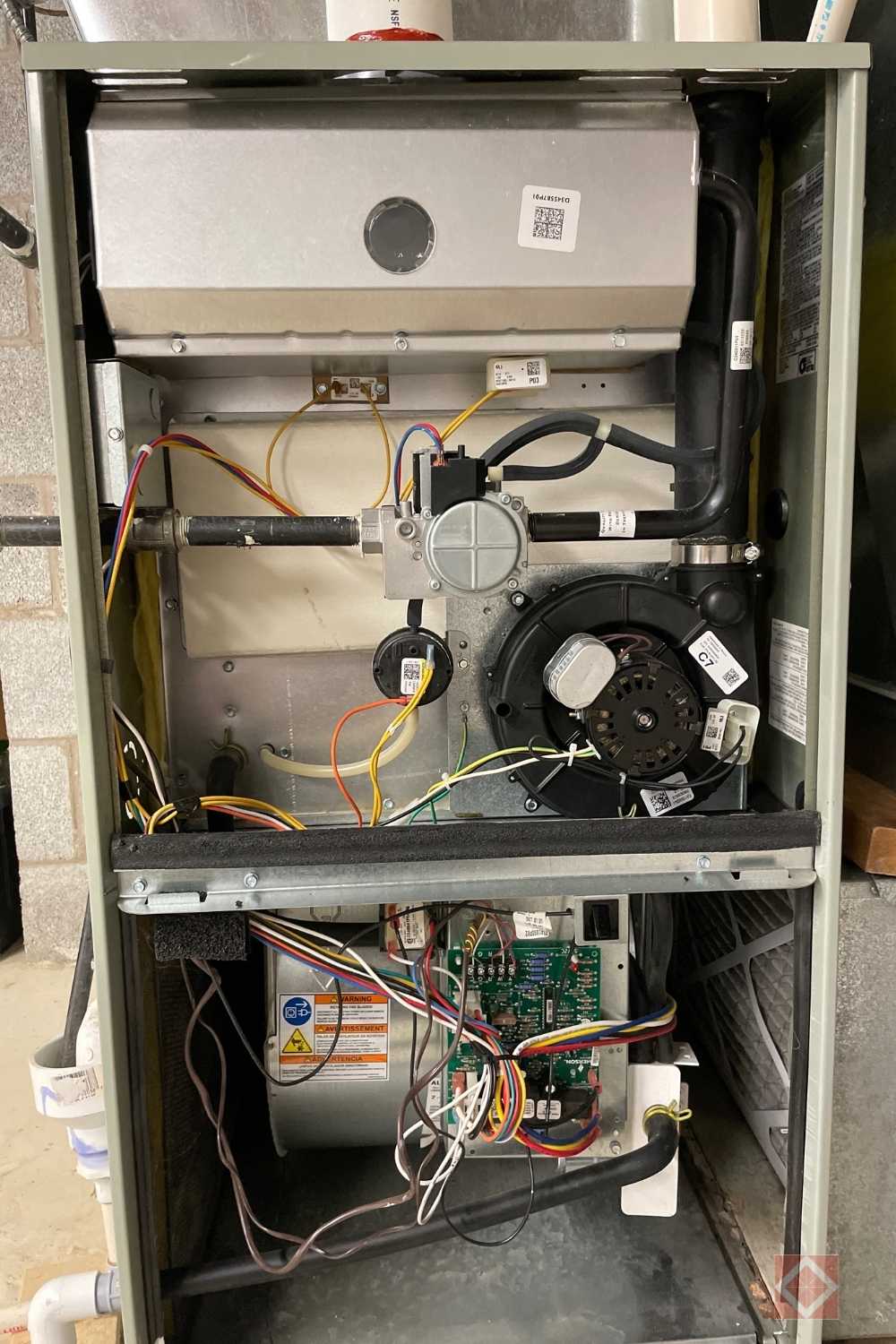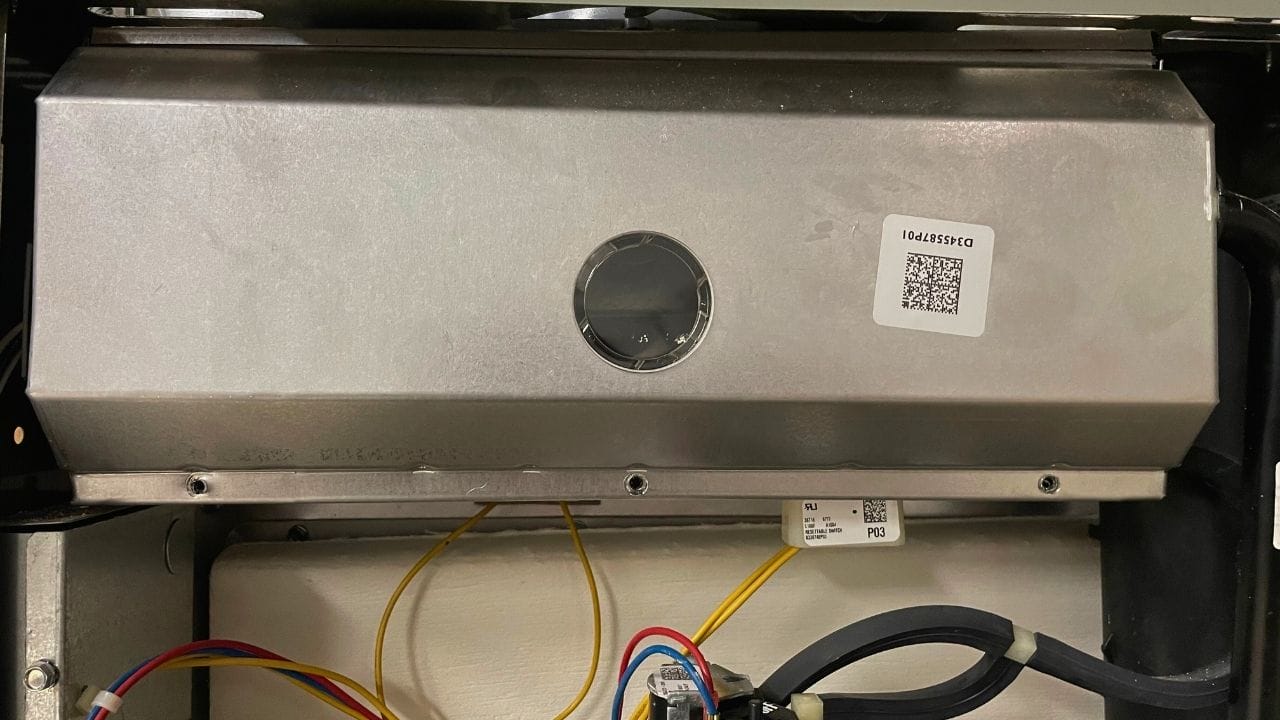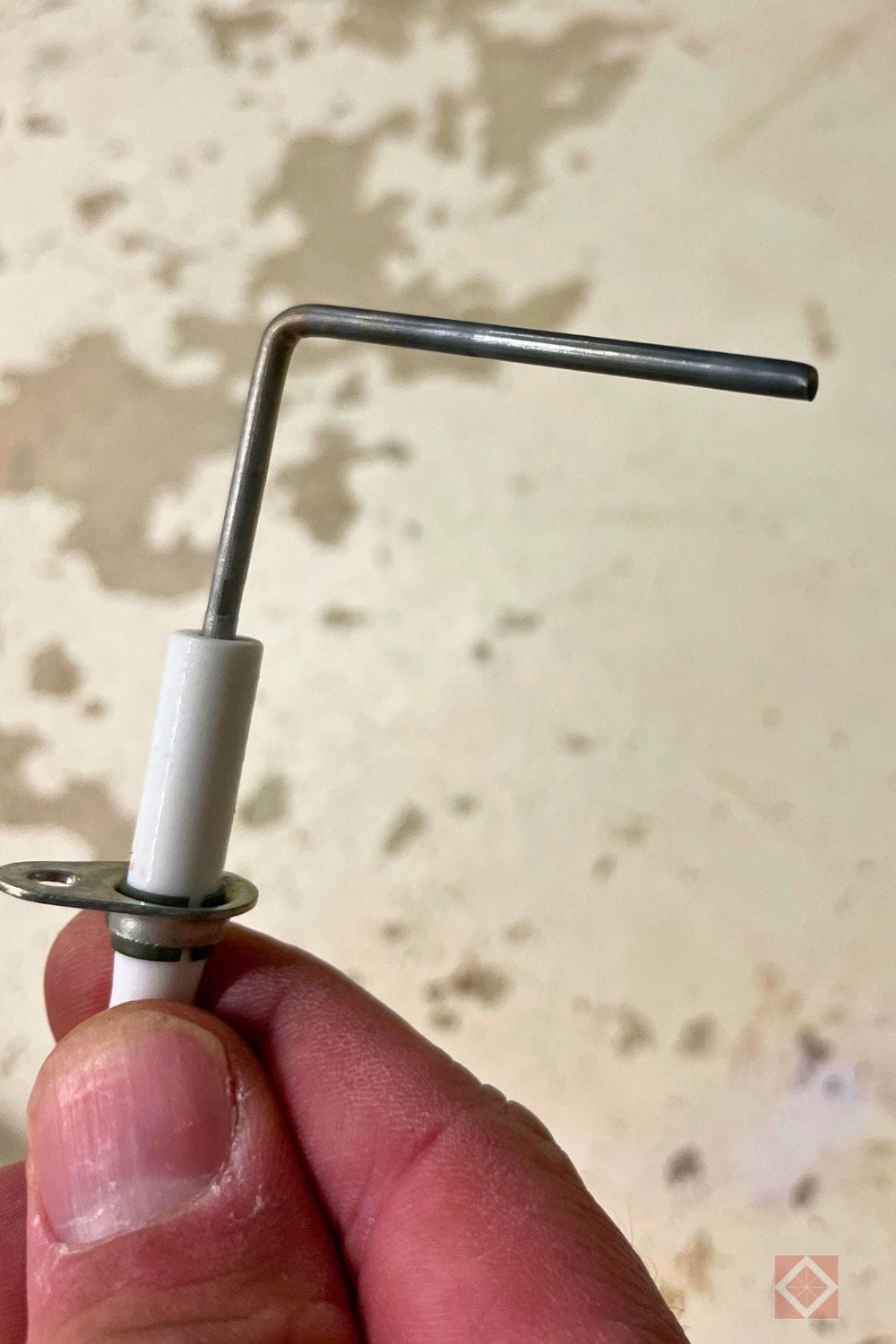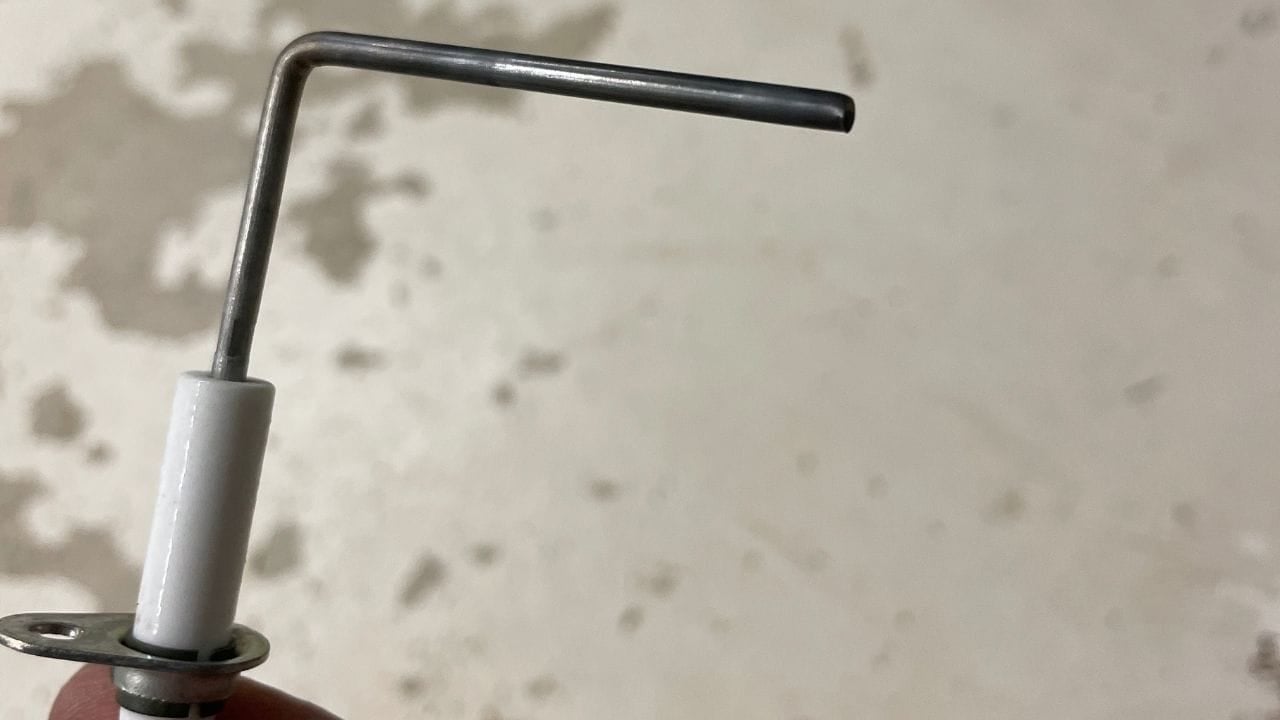I woke up to a cold house, the kind that makes you want to stay under the covers a little longer. I got up, turned the thermostat to heat, and at first it sounded promising — the furnace tried to kick on.
But just as quickly as it started, it shut off again. Silence. No heat.
If this has ever happened to you at the start of furnace season, you know the feeling. You’re standing there wondering: is it something simple, or am I about to drop a few hundred bucks on a service call?
Safety Note: Before I did anything else, I reminded myself that messing with a furnace involves gas and electricity. I made sure to turn off the furnace’s power switch (it looks like a regular light switch near the unit) and the breaker, and I verified no gas smell in the area.
Only then did I begin my rookie HVAC adventure.
Diagnosing the Issue (a Bit of Panic, a Lot of Learning)
My first reaction to a silent furnace was panic – visions of costly emergency repairs danced in my head. But I took a deep breath and started with the obvious checks.
Was the thermostat actually set to heat? (Hey, it’s possible to forget after months of A/C – been there.)
I confirmed the thermostat was on “Heat” and set a few degrees higher than the current room temp, just to be sure. I also remembered to check the thermostat batteries, since a blank or unpowered thermostat can make the furnace think it doesn’t need to run.
In my case, the thermostat was fine – so the plot thickened.
Next, I considered power issues. I found the furnace’s on/off switch and made sure it was flipped on. Then I headed to the electrical panel to see if the furnace circuit breaker had tripped. My breaker was labeled “Furnace” and fortunately it was not tripped.
If it had been, the fix is simply flipping it off and back on to reset. With power ruled out, I moved on to the gas supply. I checked the gas valve lever on the gas line into the furnace – it needs to be parallel to the pipe (open) for gas to flow. It was already open in my case.
At this point, the easy fixes were not panning out. Thermostat, power, gas – all seemed okay, yet the house was still an igloo. I recalled a piece of advice I’d heard: sometimes the furnace won’t run if its front panel isn’t secured properlybecause of a safety switch.
So I double-checked the furnace door panel. It looked closed, but I gave it an extra push just in case the safety switch was finicky. Still no luck. That meant it was time for the part I was dreading: opening up the furnace and peering inside the beast.
The Breakthrough – Removing the Cover & Finding the Culprit

With some apprehension, I grabbed my screwdriver. My furnace’s front panel had three stubborn bolts holding it on.

It took a little muscle (and maybe a few muttered curses) to crack the cover loose. Eventually, I managed to get the cover off.
Behind that panel lies the burner assembly, and near it, a small metal rod known as the flame sensor. I had a hunch this could be the troublemaker, because a dirty flame sensor is a classic cause of a furnace failing to stay on or even start.
Sure enough, when I located the flame sensor (a thin metal rod perched in front of one burner, with a single wire attached), it looked pretty grimy. There was a coating of soot or residue on it.

I also noticed a fair bit of dust and crude around the burners in general – not surprising after sitting idle all summer. Using a fine grade steel wool and a gentle touch, I wiped the sensor clean. Careful not to overdo it.
I also gave the burner area a few puffs of compressed air and a careful dusting.

With everything cleaned and put back together, I replaced the cover tightly and turned the power back on. Moment of truth: I adjusted the thermostat and… whoosh! The furnace fired up beautifully, blowing hot air like nothing had ever been wrong.
Victory! A tiny dirty sensor had been the culprit all along.
Common Furnace Startup Issues & DIY Troubleshooting Tips
From this experience (and a bit of extra research afterward), I learned that furnaces often fail to start for a few common reasons. If you’re a homeowner facing a furnace that won’t kick on at the start of the season, run through this checklist before calling in the pros:
- Thermostat & Settings: Double-check that your thermostat is set to “Heat” (not “Cool”) and that the set temperature is above the current room temperature. If your thermostat uses batteries, make sure they’re not dead.
- Power Supply: Verify the furnace’s power switch is turned on (usually located on or near the unit). Next, check your breaker panel for a tripped circuit breaker. If you find one, reset it. Without electrical power, your furnace won’t even think about turning on.
- Gas Supply (and Pilot Light): Ensure the gas supply valve to the furnace is open. If you have an older furnace with a standing pilot light, confirm that the pilot is lit. Most modern furnaces have electronic ignition, so no pilot light to worry about.
- Clogged Air Filter: A filthy air filter can actually prevent a furnace from running properly. If the filter is completely clogged, the furnace might overheat due to lack of airflow, triggering a safety shut-off. A quick inspection of your filter can save you a lot of trouble.
- Dirty Flame Sensor: As in my case, a grimy flame sensor can be the sneaky culprit behind a furnace that starts then quickly stops, or one that refuses to ignite at all. If you’re handy and careful, you can clean a flame sensor yourself: turn off power, remove the sensor, and gently polish the metal rod with fine steel wool or sandpaper to remove buildup.
- Safety Switches & Sensors: Modern furnaces have several safety mechanisms that can shut the system down if something’s amiss. Check that the front panel is fully closed. High-efficiency furnaces also have condensate drains with float switches that can trip if the line is clogged.
- Odd Noises or Smells: Pay attention to any unusual sounds or odors when you try to start your furnace. If you ever smell gas when the furnace is trying to start, shut everything off immediately and ventilate the area – then call a professional.
Safety First: Know When to Call a Professional
Working on your furnace can be empowering as a homeowner – I certainly felt like a champ after fixing mine – but it’s critical to know your limits.
Gas furnaces are finicky, and mistakes can be dangerous for both your equipment and your health. If at any point you feel unsure, smell gas, or the furnace still won’t start after basic troubleshooting, stop and call a licensed HVAC professional.
Disclaimer: DIY troubleshooting can resolve many minor furnace issues, but it’s not without risks. I’m just a homeowner sharing my first-hand experience here – not a certified HVAC tech.
Always follow your furnace manufacturer’s instructions and all safety warnings. Before doing anything inside your furnace, cut power to it and turn off the gas if necessary. If you’re not comfortable, call a professional HVAC technician.
The Bottom Line: My furnace fiasco turned out to have a happy ending – a little cleaning and it roared back to life. If your furnace gives you trouble on that first cold start, don’t panic. Go through the basics: thermostat, power, gas, filter, and safety switches.
But always keep safety in focus. There’s no shame in calling in the pros when a problem is above your comfort level. In the end, the goal is a warm home and peace of mind.
Davin is a jack-of-all-trades but has professional training and experience in various home and garden subjects. He leans on other experts when needed and edits and fact-checks all articles.

